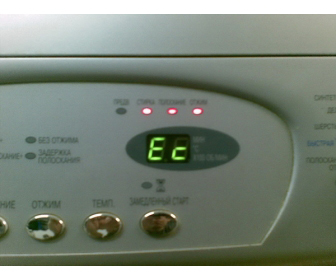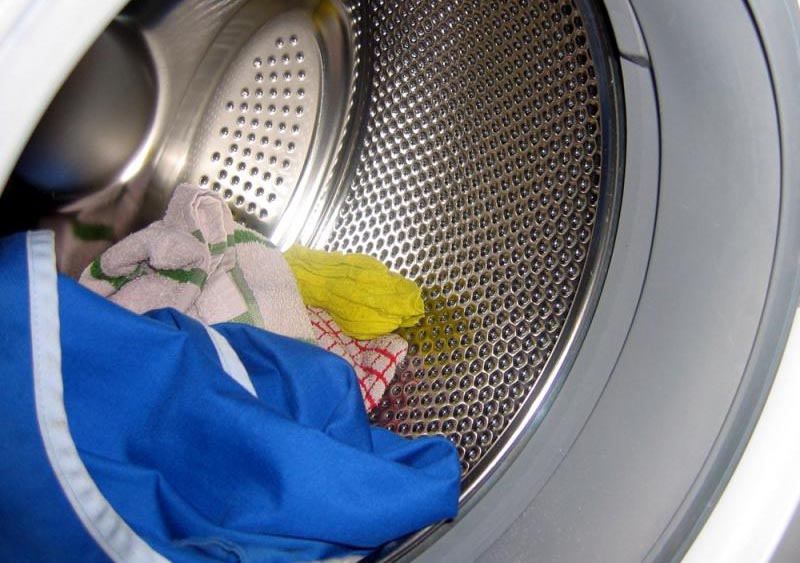 If your washing machine jumps and hums a lot during the spin process, then there is probably an imbalance in the drum. Such a malfunction must be corrected as quickly as possible. And the point here is not only the noise that the machine creates. When the drum is unbalanced, parts of the device wear out. In this article you will learn how to balance a machine drum.
If your washing machine jumps and hums a lot during the spin process, then there is probably an imbalance in the drum. Such a malfunction must be corrected as quickly as possible. And the point here is not only the noise that the machine creates. When the drum is unbalanced, parts of the device wear out. In this article you will learn how to balance a machine drum.
For what reasons does the imbalance occur?
The imbalance occurs during the spin process. The laundry in the drum of the machine clumps into a lump, resulting in an imbalance. At the same time, the washing equipment begins to shake violently.
The following are the main reasons why imbalance may occur:
- Small items may end up in the duvet cover during the washing process. As a result, the laundry gets bunched up into a big lump.
- The user has placed too much laundry in the machine drum. Also, imbalance may occur if there is not enough laundry in the drum.
- When washing clothes at temperatures above 60 degrees, additional water is drawn in during rinsing. This process may cause minor imbalances. This should be taken into account when choosing a temperature regime.
- Technical issues. A bent or rusty shaft or worn bearings can cause imbalance.And the laundry may not start spinning at all.

How to fix the problem yourself?
It should be noted that modern models of washing equipment from LG, Samsung, Bosch or Ardo are equipped with automatic drum balancing. The name of this function is “Imbalance Control”.

If the user has set the spin of the laundry at the highest speed, and the imbalance has not been corrected, the washing machine will greatly reduce the rotation speed of the drum during spinning. In this way, the machine will prevent damage to parts. Also, the spinning of the laundry may stop completely. In both cases, the user will remove almost wet items from the drum.
You can balance the drum yourself. The following steps must be taken:
- Disconnect the machine from the power supply;
- The remaining water in the washer must be drained.
- There is a small hatch at the bottom of the front side of the machine;
- To open the hatch door, you need to release the latch with a flat screwdriver;
- Place the container, then unscrew the filter.
- After draining the liquid, open the hatch door of the machine.
- Distribute the laundry evenly in the drum or remove half of the clothes from the machine tank.
- Restart the laundry process.
It should be noted that on top-loading machines, centering the laundry is much easier. Indeed, in this case, opening the door does not require draining the water.
In some cases, the machine begins to rock during the spin process, even after centering the laundry. In this case, it is necessary to check the condition of the balancing stones.
These parts are fixed to the drum. They are located behind the back and front panels of the machine. Imbalance occurs when the fasteners of these parts become loose. To fix the problem, you need to tighten these fasteners.
How to prevent imbalances
When loading laundry into the drum, you must follow the norm for your model of washing equipment.
The drum of the machine should not be filled to capacity. Two-thirds of the volume needs to be loaded into it.
The following rules must also be observed:
- Bulky items become too heavy when wet, which can create imbalance and overload. Therefore, you should not fill the washing machine with such things.
- It is advisable to wash large and small items together. In this case, the balance of the machine will not be disturbed.
- When purchasing washing equipment, pay attention to such a parameter as load volume. It should correspond to the number of items for everyday washing.









